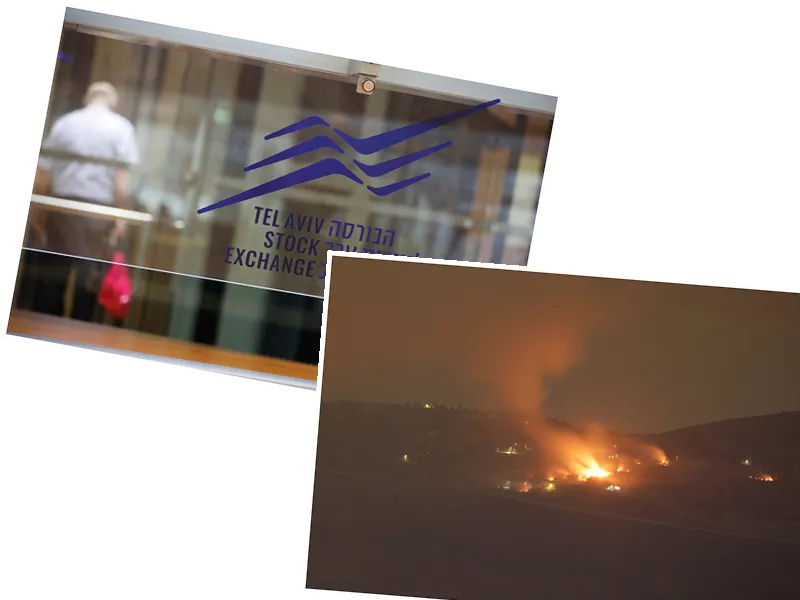Standard & Poor's Downgrades Israel's Credit Rating Amid Escalating Conflict
In a significant move reflecting the deteriorating security landscape in the region, Standard & Poor's (S&P) has downgraded Israel's long-term credit rating from A+ to A. This decision comes on the heels of Moody's recent downgrade, which lowered Israel's rating by two notches to Baa1. The escalating conflict with Hezbollah in Lebanon and the potential for a broader confrontation with Iran have heightened concerns about Israel's economic stability and security risks.
S&P's announcement highlights the increasing likelihood of prolonged military engagement in Gaza and along Israel's northern border, suggesting that the current tensions could extend into 2025. The agency has warned of retaliatory attacks that could further strain the Israeli economy, predicting zero growth for the year and projecting a budget deficit of 9%. This economic outlook reflects the broader implications of the ongoing conflict, which has already resulted in significant humanitarian crises and casualties on both sides.
Economic Implications and Future Outlook
The downgrade by S&P underscores the challenges facing Israel's economy as defense-related expenditures are expected to rise sharply in response to the ongoing hostilities. The agency projects that the fiscal deficit will reach 9% of GDP in 2024 before decreasing to 6% in 2025, with an average deficit of 5% anticipated during 2026-2027. The Israeli government is urged to implement fiscal consolidation measures to mitigate the rising debt-to-GDP ratio, which could reach 70% in the coming years.
Despite these challenges, S&P acknowledged the strengths of the Israeli economy, including its diversified and resilient nature. The agency noted Israel's historical ability to recover swiftly from crises and its robust balance of payments, which remains a critical asset amid geopolitical uncertainties. As the conflict continues, the government faces the dual challenge of addressing immediate security needs while fostering economic stability and growth.





